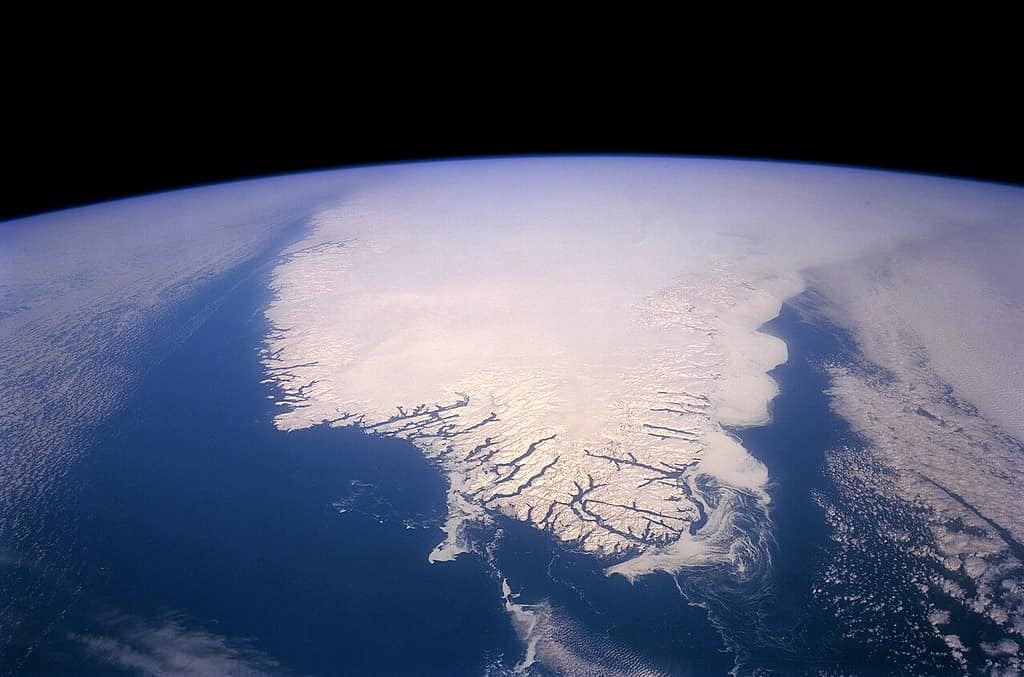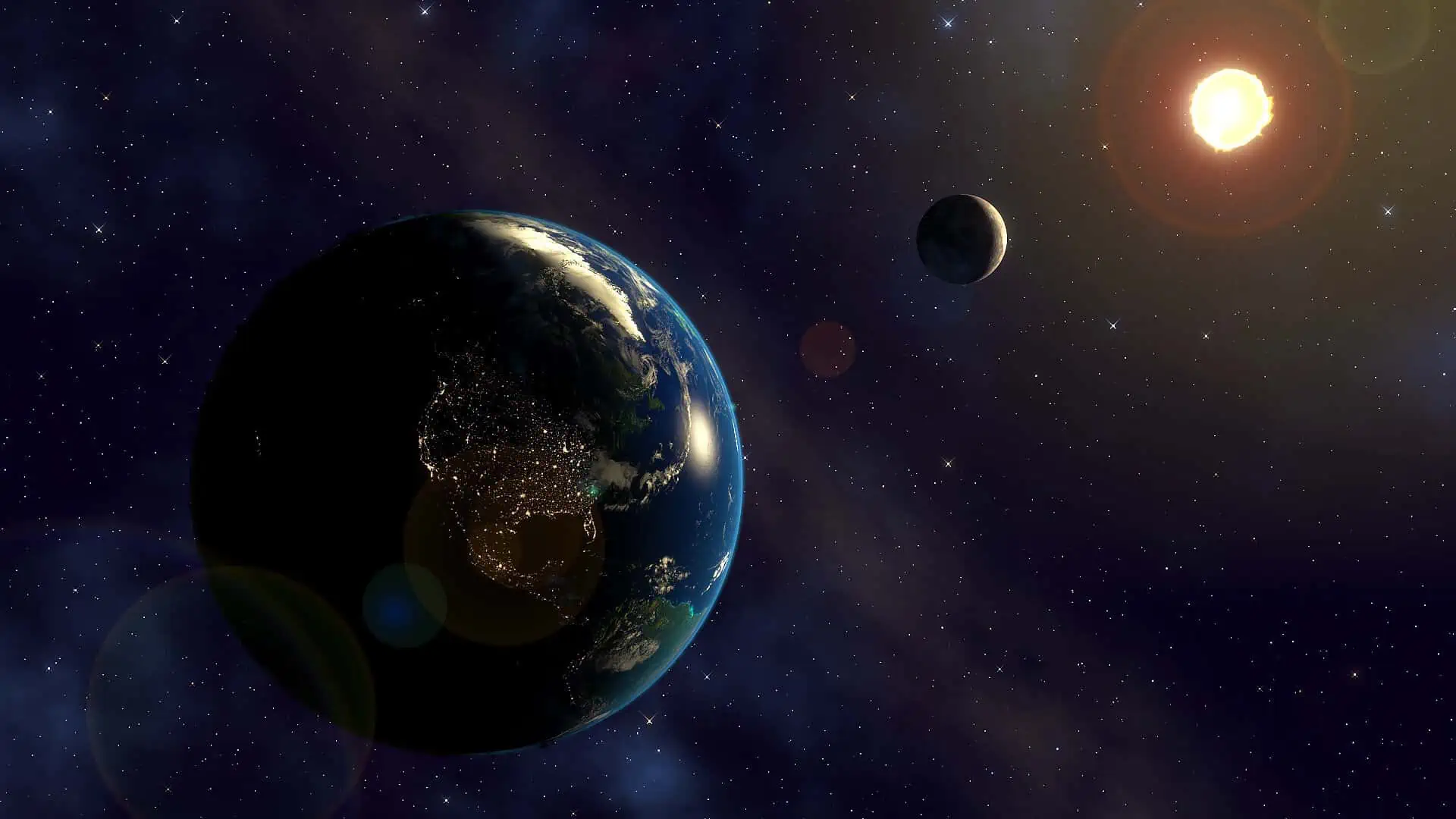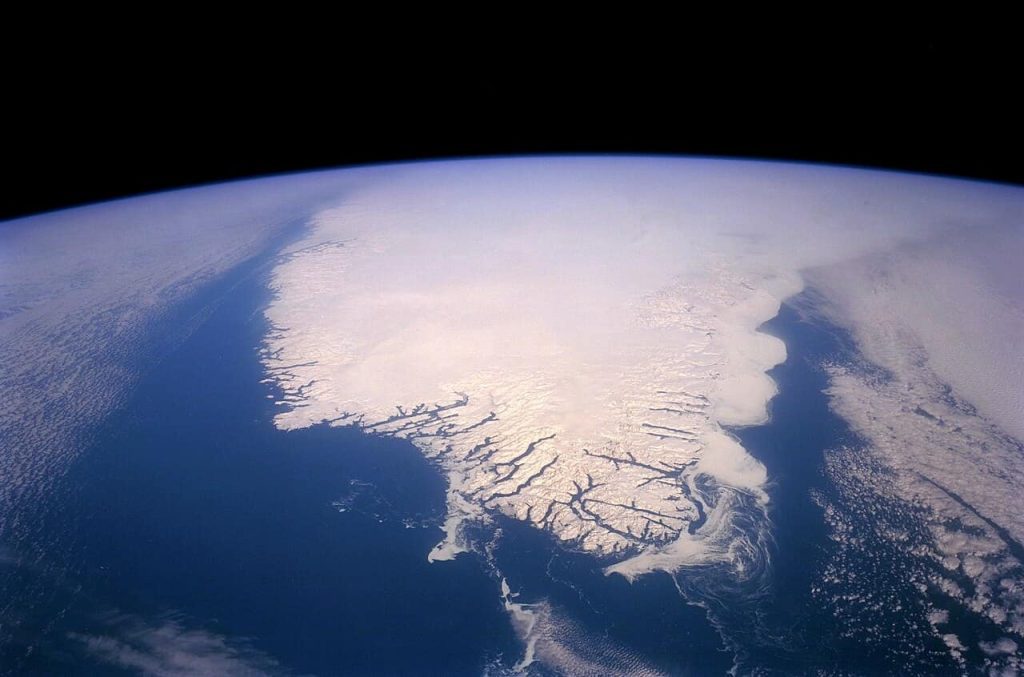
In recent decades, the Earth's rotation has been getting faster, leading to slightly shorter days. To keep official time in sync with astronomical time, a leap second has been added irregularly.
A new study suggests that the melting polar ice is changing the distribution of water across the world's oceans, counteracting some of the recent increase in the Earth's speed. As a result, researchers argue that clocks may need to skip a second around 2029, which would be the first 'negative leap second' in modern timekeeping history.
“This is an unprecedented situation and a big deal,” study lead author Duncan Agnew, a geophysicist at the Scripps Institution of Oceanography at the University of California, San Diego, told AP. “It’s not a huge change in the Earth’s rotation that’s going to lead to some catastrophe or anything, but it is something notable. It’s yet another indication that we’re in a very unusual time.”
Time is not eternal.
Early societies used natural elements to measure time. Ancient Egyptians used sundials and water clocks based on the movement of the sun and the flow of water, respectively. However, these methods were not consistent and were not universally standardized. Sun across the sky and the steady flow of water, respectively. However, these methods varied with the seasons and were not universally standardized.
In the Middle Ages, mechanical clocks started appearing in the towers of Western European cities. These clocks, powered by weights and gears, marked a significant advancement in timekeeping. Nonetheless, the lack of standardization resulted in noon occurring at slightly different times in different places – a non-issue until the advent of the railway system in the 19th century.
This led to the introduction of “Railway Time” in Britain, a precursor to time zones. Greenwich Mean Time (GMT) was ultimately established in 1884 as the world's time standard, with time zones defined in relation to it.Railway Time
Atomic timing
With the development of atomic clocks in the 1980s, time could be standardized as there are no physical properties to measure time. This means time intervals or the duration between two events are measured.
Through atomic clocks, the unit of time, the second, was standardized to the time taken for cesium-133 atoms to vibrate 9,192,631,770 times in reaction to microwave radiation. These clocks are accurate to within 1/15,000,000,000 of a second per year, a precision that would not have gained or lost a second since the dawn of the universe billions of years ago. In comparison, your wristwatch may be accurate to within about 15 seconds per month. quartz By this incredibly precise definition of a second, one day on Earth lasts about 86,400 atomic seconds – a problem arises from the fact that while the vibrations of cesium atoms are predictable, Earth's rotation is not as precise.
By this incredibly precise definition of a second, one day on Earth lasts about 86,400 atomic seconds – a problem arises from the fact that while the vibrations of cesium atoms are predictable, Earth's rotation is not as precise.
The Coordinated Universal Time (UTC), the current standard for timekeeping, combines precise atomic time with the Earth’s rotation, adjusted by leap seconds to account for slight variations in the Earth’s rotation speed. The first leap second was added in 1972. Up until 2016, 27 separate leap seconds have been added as Earth slowed.
Leap seconds can cause a lot of trouble. In 2012, a leap second caused Reddit to go offline for 30 to 40 minutes. The addition of this second confused the site’s high-resolution timer, leading to server overload and freezing the CPUs. Cloudflare experienced its own leap second troubles in 2017, which disrupted its public DNS service. Airlines have shut down because of it. Leap seconds are a big deal.
One second to midnight

It’s not entirely clear why Earth’s rotation is slowing down. It appears to be due to a combination of factors, including tidal forces between Earth and the Moon, glacial rebound from the last ice age 20,000 years ago, core-mantle interactions, and changes in atmospheric and ocean currents. The Moon used to be much more significant in this equation. During Earth’s early history, when the moon was much closer than it is today, a day lasted for only four hours.
Even with its decreased effect, it remains one of the factors. And all of these things add up such that in June 2022, we had the shortest day on record — when Earth completed one spin in 1.59 milliseconds less than 24 hours — over the past half a century.
Despite the record, since 2022 this steady speedup has intriguingly switched to a slowdown. Previously, scientists have suggested this is probably due to interactions deep within the planet. In any event, these developments have suggested the unprecedented prospect of adding a “negative leap second” — a skipped second, rather than adding an extra one as has been the norm. This prospect is dreaded by everyone because it could cause even more disruption. Our current software is designed to add seconds, not subtract them.
“We do not know how to cope with one second missing. This is why time metrologists are worried,” Felicitas Arias, former director of the Time Department at the International Bureau of Weights and Measures in Sèvres, France, told Nature.
Losing moments
In a new study, Agnew and Judah Levine, a physicist for the time and frequency division of the National Institute of Standards and Technology, have added a new piece to the jigsaw puzzle. Their computer modeling shows that melting ice in Greenland and Antarctica due to climate change is decreasing Earth’s angular velocity.
As the ice melts, it turns into water that is redistributed throughout the oceans by currents. These changes in mass from the poles to the bulging center change the planet’s moment of inertia. The angular momentum is always conserved, so Earth’s rotation slows down — similar to how an ice skater slows their rotation by extending their arms out to their sides. Greenland has seen an alarming mass reduction, shedding an average of 279 billion tons of ice per year between 1993 and 2019. Meanwhile, Antarctica’s ice loss has accelerated to an average of 148 billion tons annually during the same time period.
This indicates that climate change is offsetting the recent slowdown in Earth's rotation. Although the Earth is still slowing down, researchers believe that the need for a negative leap second can be delayed by three years. This suggests that a negative leap second might be added in 2029 — thankfully, this could be the last leap second ever, as metrologists have agreed to eliminate leap-second adjustments in 2035.
It’s incredible to consider how extensive the impacts of climate change can be. It's a force powerful enough to actually change time itself.
The recent findings were published in the journal Nature.
Was this useful?
Related Articles
- Computer simulation discovers HIV vulnerability, providing new approach for treatment
- Germany and the UK advocate for environmentally friendly economic stimulus after the pandemic
- Scientists refute Pruitt’s inaccurate perspective on climate change
- Aged climate models accurately foresaw global warming — but were disregarded









